Septic System Failure
Problem Signs
Water and sewage from toilets, drains, and sinks are backing up into the home.
Bathtubs, showers, and sinks drain very slowly.
Gurgling sounds in the plumbing system.
Pooling water or muddy soil around the septic system, drainfield, or in the basement.
Strong odors around the septic tank or drainfield.
Bright green, spongy lush grass over the septic tank or drainfield, even during dry weather.
Algal blooms in nearby ponds or lakes.
High levels of nitrates or coliform bacteria in water wells.
Common Causes of Septic Failure
A clog or obstruction in the pipe from the house to the septic tank. Signs that such a clog may exist are drains holding water and draining slowly, particularly in lower levels of the home. Drains may stop draining entirely. Often the pipe can be cleared by “snaking” or “jetting” the line to remove the clog. It is advisable to have the tank pumped following such a service to remove excess solids. In other cases, the line may be damaged or crushed due to vehicle or large animal traffic. Plant roots can also damage and clog lines. In these latter cases, at least a partial repair of the damaged pipes will be necessary.
The Inlet baffle to the tank is blocked. Signs of this problem are similar to those associated with a clog in the pipe. The inlet baffle can generally be cleared of blockage without the need for excavation or substantial repair.
The outlet baffle or the effluent filter from the tank is blocked. This issue can result in drains backing up in the home or water and sewage surfacing around the septic tank. If an effluent filter is present, it should be inspected and cleaned. If no effluent filter is present, the tank will need to be pumped to properly diagnose and remove the obstruction.
Drainfield failure. Signs that a drainfield has failed or become oversaturated with water include drain backups in the home, soggy/muddy areas above or around the drainfield or spongy, lush green grass over the drainfield. There may also be strong odors surrounding the tank or drainfield. This problem can be indicative of end of life for the drainfield which may have reached capacity to receive waste material. It is also possible that the drainfield has received too much water and can potentially be rehabilitated. A septic professional should be consulted for a proper assessment.
There are other reasons a septic system can fail or malfunction. If your system isn't working properly, contact a septic professional.
Results of a septic failure
A septic system failure can cause untreated sewage to be released and transported to where it should not be. This may cause seepage at the surface of the ground around the tank or the drainfield or result in back-up in home plumbing. The sewage could also find its way into groundwater or surface water without us ever seeing it. The sewage carries pathogens and other dangerous contaminants. Exposure to these pathogens and contaminants can make people and animals sick. They can also contaminate water sources and make them unsafe for drinking, recreational, and agricultural uses.
EPA illustration of how septic effluent and surface water are connected: https://www.epa.gov/septic/septic-systems-and-surface-water
EPA illustration of how septic effluent and drinking water are connected: https://www.epa.gov/septic/septic-systems-and-drinking-water
